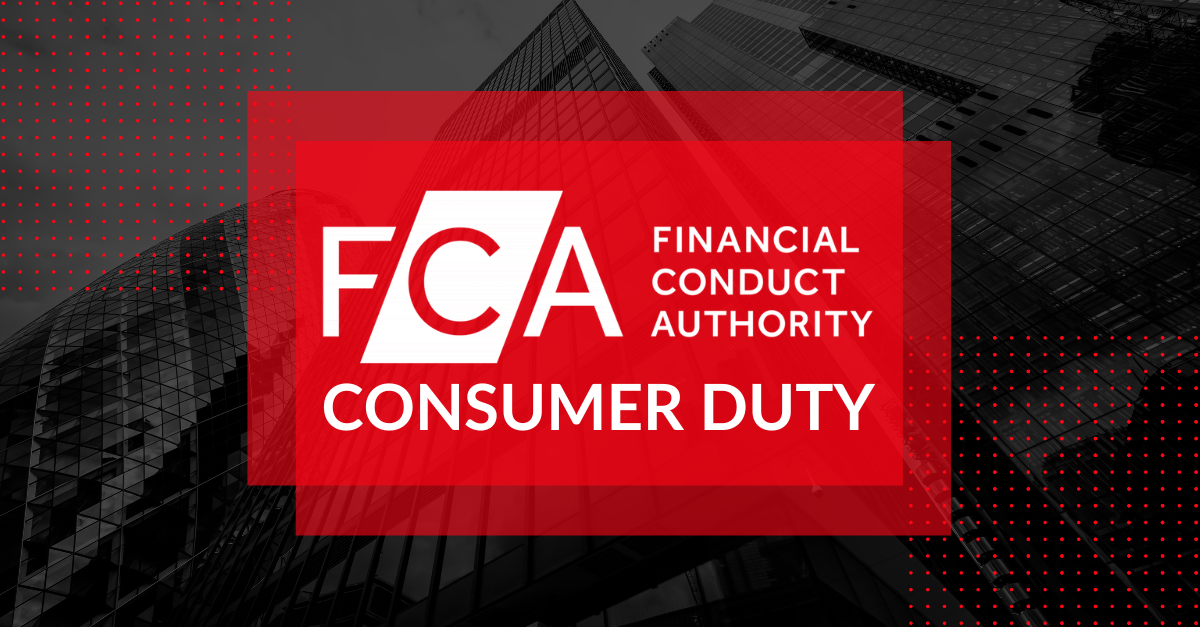Call Centre KPIs: 3 Common Pitfalls And How to Avoid Them
Call Centre KPIs: 3 Common Pitfalls And How to Avoid Them

Raw data pours into the contact centre from every angle. From calls, to emails, to web chats and more, voice-of-the-customer data is used across the globe to help bridge the gap between the contact centre and the rest of the organisation. And, as the list of communication channels grows longer and more sophisticated, the data torrent continues to grow larger and more complex, leaving contact centre leader with the challenge of making sense of all this data.
Key performance indicators (KPIs) are driven by the core values of your organisation. Not only do they help senior executives understand the value of the contact centre, but also allow managers make decisions about hiring, training, scheduling, and compensation.
Good KPIs are rooted in the business goals and when this happens the customer is ultimately better served. With so much data available, from so many different sources, it can feel like information overload. Setting good KPIs goals won’t happen overnight but knowing some of the pitfalls to avoid can help you make sound decisions from the start.
How to Avoid the Most Common KPI Pitfalls:
1. Know the Difference Between Metrics vs. KPIs
It’s important to remember that existing metrics don’t determine KPIs—KPIs determine the metrics you need. Most contact centres already pump out a steady stream of standard reports with baseline metrics. It’s tempting to think that all needed KPIs are hidden in this laundry list of metrics, and that measuring performance for your business is simply a matter of picking from what’s available.
While one-size-fits-all metrics generated by your various systems are meant to provide simple, generic measurements that could fit any contact centre, but they can’t possibly account for the huge range of variability—across industries, geographies, organisation types, operational structures and more—in contact centres.
The problem is, these standard metrics aren’t complete; they are the manufacturer’s best guess at what basic measurements every contact centre might need. And while useful, they may or may not contribute to your organisation’s goal. Some of these supporting metrics will be available out-of-the-box. While others may need to be formulated to fit your contact centre’s specific measurement needs.
2. Start With the Executive Suite
Many managers turn to the latest contact centre industry literature, and it’s natural to think that choosing call centre KPIs are just a matter of copying the best practises. These best practises are only illustrations of call centre strategy, not the perfect model to be followed. So where do you find your model? The best place to start is with the strategic targets and goals set out by the executive leadership team.
It’s critical to work with senior management for better reporting and analysis of performance. An hour spent with members of the executive leadership team can go a long way towards defining what needs to be measured. Clarifying leadership’s top priorities and key business objectives for the short and long term right at the beginning will set you on a quick path to success.
3. Don’t Follow the Crowd
Over the years, contact centres have become more strategic within an organisation and have elevated interest on its performance. It is tempting to adopt a set of “industry standards” with little regard for the industry in which you operate. When that happens, however, managers are forced to chase goals that were set for someone else’s organisation. The failure to acknowledge uniqueness and take the time to validate measures for your own environment is often at the root of KPI frustrations.
For example, consider average handle time (AHT) in your organisation. To a director, longer handle times could mean that agents are taking time to improve the customer’s experience. But to an executive, a longer AHT could mean an increase of telecom and human costs. It is easy to see the relationships among KPIs and how they balance and influence each other. It can take a bit of time and effort, but it’s important to put each metric in context within your organisation to illustrate its purpose and thereby justify its place in your performance management programme.
While defining call centre KPIs can present challenges, this process is one of the most valuable exercises in contact centre performance management. Good KPIs provide hard evidence to senior executives, showing the value of the contact centre. Remember, the fewer key performance indicators, the better. “Key” is the watch word here; if your call centre KPIs support strategic objectives for the organisation then there should only be a handful of them. Two or three KPIs are common. Agent and team reports, dashboards and scorecards are no longer based on off-the-rack, one-size-fits-all metrics; instead, the contact centre’s own unique needs are reflected in the measurements everyone is working to meet and improve.
If you’d like to find out more information how to set performance metrics in your organisation, download 10 Pitfalls to Avoid in Defining Contact Centre KPIs.









